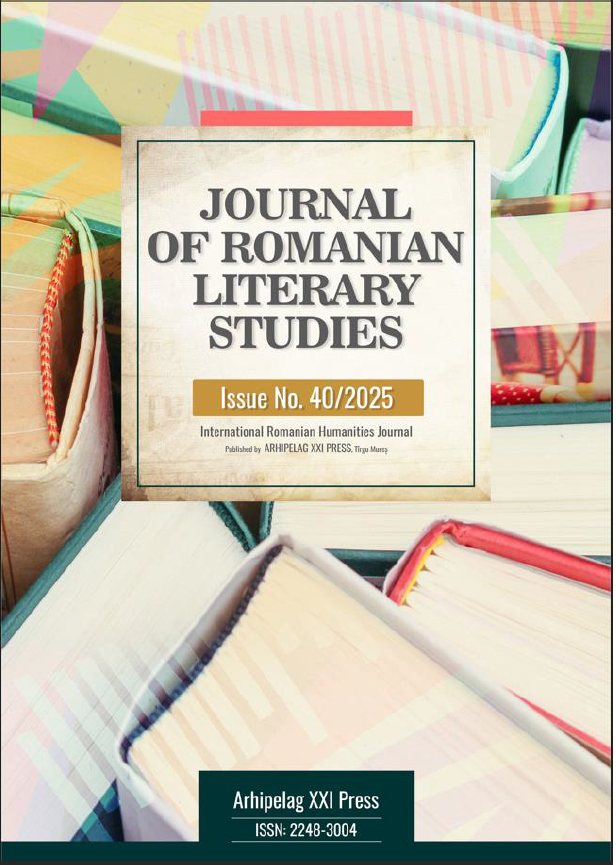THE TRADITION OF JESTBOOKS IN THE 16TH AND 17TH CENTURIES: FACETIOUS WRITING FROM ITALY TO ENGLAND
THE TRADITION OF JESTBOOKS IN THE 16TH AND 17TH CENTURIES: FACETIOUS WRITING FROM ITALY TO ENGLAND
Author(s): Cătălin BărbunțăSubject(s): Language and Literature Studies, Literary Texts, Foreign languages learning, Fiction, Studies of Literature, Novel, Philology, Theory of Literature, British Literature
Published by: Editura Arhipelag XXI
Keywords: facetiae; facetious compilations; English literature; Renaissance; 17th century;
Summary/Abstract: The paper delves into the issues of the facetious transfer from Italy to the rest of Western Europe, particularly to England, in terms of publication of facetiae compilations and their usage in other literary genres, specifically in plays. While Italy is highly receptive to the tradition of facetious writing established during the Renaissance period by Poggio Bracciolini’s Liber facetiarum – a collection of unconventional brief texts characterised by their entertaining purpose and audacious style – England proves more reticent and only fully embraces the genre in the 17th century. The transfer is clearly demonstrated by the large number of English compilations published for the first time during the 17th century – thirty-five titles (Lavie,2020b: 135-136) – marking the emergence of a genre equivalent to the Italian facezia.
Journal: Journal of Romanian Literary Studies
- Issue Year: 2025
- Issue No: 40
- Page Range: 1718-1723
- Page Count: 6
- Language: English

